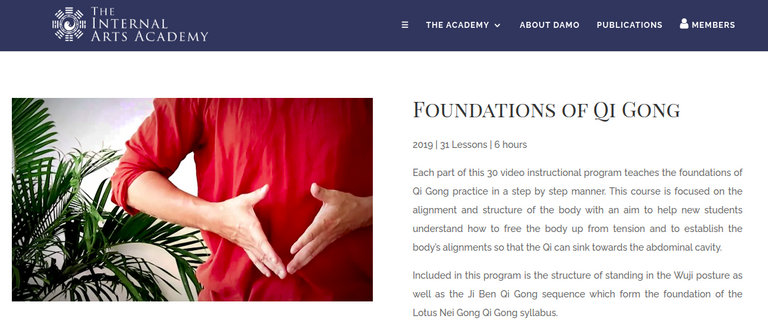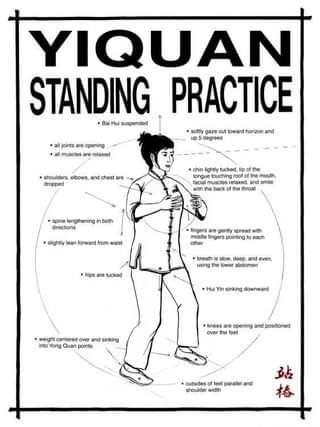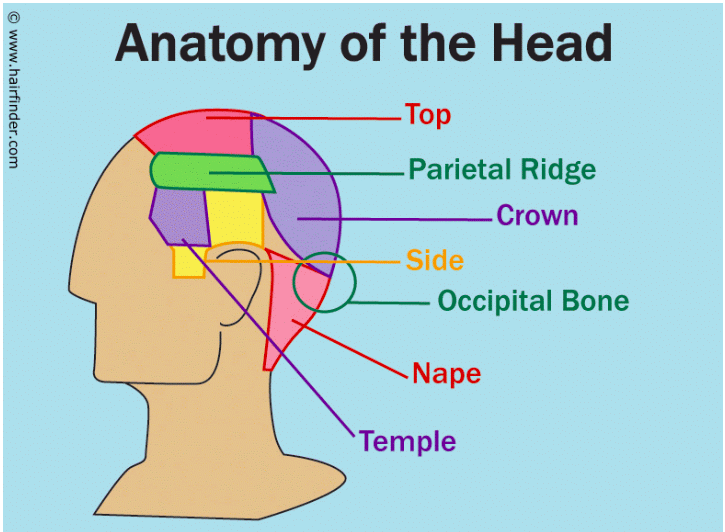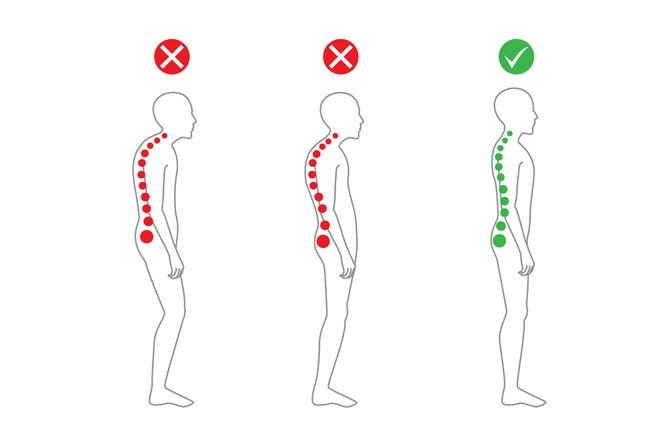What is Wu Ji? An introduction to standing meditation
As I have begun telling people that I am meditating, and its going really well for me, many people have told me - "That's great, but I haven't been able to see any success, I just can't seem to get my mind to quiet down".
This is fascinating to me because - its the same problem I had, or at least thought I had, for years!
So I have decided to write a post about the very beginner steps that have helped me, specifically learning about "Standing Meditation" and a position called WU JI. I have been working with standing meditation for about a year now, and it has helped me so much that I am now able to begin even seated meditation and start to get a handle on that.
One of the reasons that I have delayed in making this post, is when I search youtube for this concept - a lot of what people are doing is wrong! I will work my way through the explanation the best I can, for I am only a beginner, but imagine my horror if, even as a beginner, I can clearly see many people on youtube purporting to teach what they don't yet understand.
Here's a guy who seems to have it right:
So this is great, a guy doing Wu Ji, its slightly modified (in the hands) from the version I am using, but he's got all the parts right. The only problem? He's not saying anything! And for good reason, his mind is deep inside his body while performing the Wu Ji Standing Meditation exercise.
So we need someone to go deeper, and I honestly didn't know (and still don't!) who to trust on youtube. I am working from the Internal Arts Academy, which has a 31 video series about this exact topic, which I have been working with for just over a year now.
I signed up because they have so much interesting stuff, but I quickly realized I was a pre-beginner, and have been working (to great results) in the most basic of preliminary courses for many months.

The first thing to notice about Wu Ji, and this can be seen by searching Youtube, is that it is a fundamental practice (the basis) for not just Qi Gong, but also Tai Chi and other traditional Chinese arts. There is something special about this alignment, and it is a bit tricky.
The trickiness lies in the verbs, this stance has also been called 'Empty' stance, but the instructional videos are filled with verbs like tuck, push, stack and lift. I can honestly say, that if you are 'Pushing out your lumbar', like this video says, you are doing it wrong - you will not have positive effects and maybe even find out some negative ones that come from forcing your body into a position that is not natural.

One thing that I found fascinating, is that mastering this basic stance is the 'beginner' level of all Qi Gong and Tai chi lessons. Most people who start with moving exercises do not have the foundational mastery to make progress in the art. They might get a nice work out, but none of the additional internal health benefits will be available to them until they can properly learn this stance.
I shudder to think how many people are wasting their time out there in the world! Damo Mitchell says, we live in an age where previously secret and well-guarded practices are available on the internet, but nobody seems to know the basics, or where to start.

With this exercise I completely changed my relationship with my lower back, an area of my body that was always tight, always prone to pain, and that I seemed to have very little idea over how to stretch. Once I got a handle on the basics of Wu Ji, my whole back has opened up! I have been living pain and tightness free in my lower back since just a few days after I started practicing Wu Ji.
Let's see if I can do some justice to the process. I would highly recommend the Internal Arts Academy video series for anyone looking to take this more seriously.
Feet straight
As you can see the feet are shoulder-width apart, but more than this, they should be parallel. "Straight' with regards to the second toe, you'll get more used to this over time. It turns out, we are all walking duck footed, and it puts pressure on our hips which keeps our lower backs from relaxing. Who knew!
I am going to skip some instructions on the knees (which are really important) for sake of brevity. Keep the knees above the feet - which probably means pushing them out a bit at first as our groins are naturally tight from our current lifestyles.
Sink the Kua = Sit
This was another part that took me a bit to get used to. We have two sets of muscles, one around the outside of the hips, one around the inside. When you squat down, it uses the outside muscles, when you sit down, like in a chair, it uses the inside muscles. These inside muscles are called the Kua.

You might not even know you had this muscle group. Well let me tell you, Wu Ji is just getting started in helping you learn about your body!
I had to practice hundreds of times to find and gain control over this muscle group, basically, from standing, you act like you are going to sit down - at first this looks a lot like sticking your butt out, but you get used to it.
If you are standing with your feet straight (not splayed open), and activate a 'sinking' in your inner hips, you will suddenly find that your pelvis will relax and sink forward, naturally. Some videos say 'tuck your hips', but this is an active verb and uses different muscles, and will have different results. You must place your body in the right way that your pelvis relaxes, and this will pull your sacrum down.
Relax
As you are thinking and feeling all of your muscles, the important thing to do is to relax, let the dominant muscle groups relax and start to feel what is going on underneath. We spend so much of our lives with the dominant muscle groups tensed, that many of us are unaware of what is going on underneath - Wu Ji is just the exercise to help you with this.
So for your pelvis to relax and your sacrum to drop, you lower back to open up and your spine to stretch, you must consciously let them relax. But don't fall in a puddle on the floor, make sure you do this next thing:
Stretch up from the crown of your head
This is the golden string that connects us to the heavens. There might be some confusion here at first, the crown of the head is where the spine ends, its in the back of the head, so stretching up from here will not raise your chin, in fact it should lower it. The crown is a different region from the 'Top' of the head, as this hairfinder.com image shows us:

This is a good posture practice in general, and helps keeps the spine in alignment whether sitting or standing. If you believe the hype, this is where the heavenly energies enter our bodies! Here's a nice image from a random blog post I found:

This stretch from the crown of your head will give you all the support you need, around which you can let the rest of your muscles relax. We have already moved up from the feet to the pelvis, and it took me several weeks of practice before I could activate my kua and 'sink down' without sticking my butt out and looking weird - but practice makes perfect.
Let the chest sink
As you are relaxing and learning about this position, which for me was focused mainly around my hips and lower back, you will notice that your front, chest and abdomen, will want to relax as well. Let them fall.
This may look like 'sticking your belly out', but it is no such thing, you are just letting the muscles relax and your body to fall where it naturally will fall. If you footing is correct, all the weight will go down to your feet, through your body, as your muscles relax.
The tips I have written here are just that, what I think is important based on my own experience, I will reiterate once again, anyone truly serious about this should consider the Internal Arts Academy videos or seek in-person training.
Beyond the body to the Mind
While you are doing all of this - where is your mind? It is likely inside your body, feeling all of the things happening. This is where it should be, inside of your body, paying attention to what is going on (different from intention).
The mind will naturally sink down, if we let it. Wu Ji has helped me get this process starting with some very active, particular, and specific relaxations that I trigger in my body every morning. Please take a moment and try to tie in everything I have said here wtih Damo Mitchell (my teacher) and what he says about 'Anchoring the Breath':
For completeness, I will include the Part 2 - the actual exercise on Anchoring the Breath. Even if you are not at all interested in standing meditation, I can highly recommend this exercise as part of a human journey to help understand more the relationship between our minds and our bodies.
I have more to say about the Mind, but it seems that today's post has become extended already, so I will wish you all a good day and great health!

Awesome post! 💪😉
Thanks for the good examples and how to..
seem like it would be very beneficial for the mind/body.. ☯☯☯
I always admire people who always do any sort of meditation that warrant long and tedious posture
This post has been manually curated by @steemflow from Indiaunited community. Join us on our Discord Server.
Do you know that you can earn a passive income by delegating to @indiaunited. We share 100 % of the curation rewards with the delegators.
Here are some handy links for delegations: 100HP, 250HP, 500HP, 1000HP.
Read our latest announcement post to get more information.
Please contribute to the community by upvoting this comment and posts made by @indiaunited.
View or trade
BEER.Hey @ecoinstant, here is a little bit of
BEERfrom @pixresteemer for you. Enjoy it!Learn how to earn FREE BEER each day by staking your
BEER.!PGM
!LOLZ
BUY AND STAKE THE PGM TO SEND A LOT OF TOKENS!
The tokens that the command sends are: 0.1 PGM-0.1 LVL-0.1 THGAMING-0.05 DEC-15 SBT-1 STARBITS-[0.00000001 BTC (SWAP.BTC) only if you have 2500 PGM in stake or more ]
5000 PGM IN STAKE = 2x rewards!
Discord
Support the curation account @ pgm-curator with a delegation 10 HP - 50 HP - 100 HP - 500 HP - 1000 HP
Get potential votes from @ pgm-curator by paying in PGM, here is a guide
I'm a bot, if you want a hand ask @ zottone444